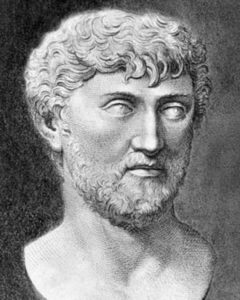Nor in no other wise could offspring know
Mother, nor mother offspring- which we see
They yet can do, distinguished one from other,
No less than human beings, by clear signs.

Nor in no other wise could offspring know
Mother, nor mother offspring- which we see
They yet can do, distinguished one from other,
No less than human beings, by clear signs.

I’ve recently taken up the conscious practice of avoiding the use of animals as representational embodiments of negative qualities in humans. From “cowed” to “eating like a pig” (and don’t even get me started on “dogging”…), we’ve long employed metaphors based on what we think we know about our fellow non-human animals that are, in fact, too often everything from partial misunderstandings to simply flat-out wrong. And of all the animals that figure prominently in our figurative language, sheep are among the most – if not actually the most – commonly used.

As most any naturalist with a healthy interest in words does, I’ve long enjoyed the past-time of venereal – or collective – nouns. From the traditional, widely known, and more-or-less official – an exhalation of larks, a school of fish, a pack of wolves – to the playful and decidedly unofficial – an aroma of […]

Focusing on the natural history of the British Isles, Mr. Eatherley takes up the search for the stories behind some of the “endless succession of animals, plants, fungi and other alien lifeforms” that have taken to calling the Isles home over the past centuries, and indeed, facing up to the reality that it’s now “often hard to work out what actually is native, and what is foreign.” (There’s a larger metaphor in there somewhere…)